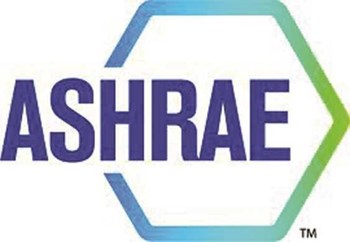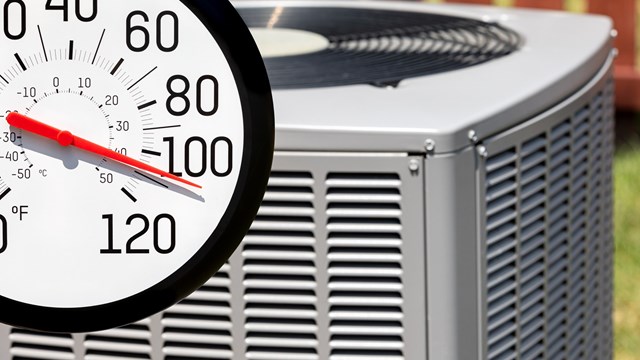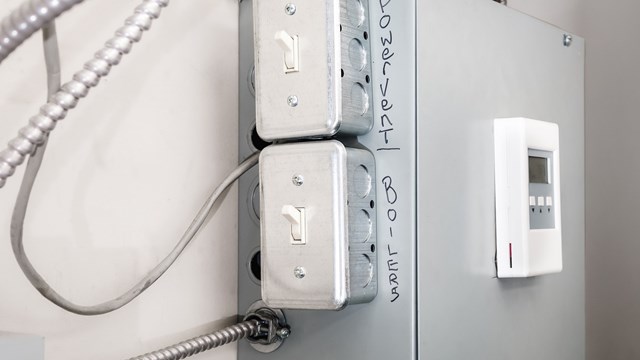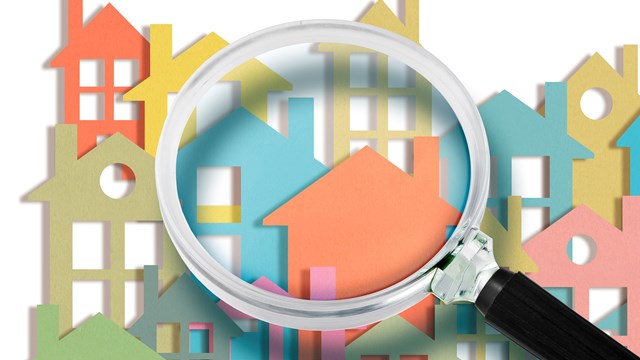
Heating and cooling systems within condominium developments are called upon to provide safe, consistent energy to residents. The people who bring you heat, air cooling and refrigeration know that, and want to find what works—and what doesn’t—as technology evolves. They invest a good deal of time and effort into finding and sharing the answers to this search and similar questions about their work. What results are higher standards for buildings, better efficiency and safety for all.
The American Society of Heating, Refrigerating and Air-Conditioning Engineers—ASHRAE, founded in 1894—has a membership of more than 50,000. As an exceptionally active professional and educational organization, ASHRAE focuses on advancing heating, ventilation, air conditioning and refrigeration products, improving environmental sustainability, and encouraging the best technology through research, standards writing, publishing and continuing education.
Food for Thought
That’s a tall order, but members don’t shy away from it, attending sessions like a recent, Department of Energy-led forum: “Are High-Performance Buildings Really Performing?” and supporting research into new product and technology development. ASHRAE chapters are busy, sustained in part by the support and involvement of ASHRAE’s executive board. There is one in every New England state, part of a widespread, national and international organization. President-Elect Patrick Duffy leads ASHRAE Boston, the largest of 15 chapters in Region 1. The New Hampshire chapter is the region’s youngest, chartered in 1987. Duffy points out that a very active society, and its chapters, keep the focus on quality improvement and training.
“ASHRAE is very supportive. The society’s founding credo is to make grassroots effort part of what we do. It’s not a ‘president that dictates to members’ kind of thing. The members drive a lot of what happens.” That focus brings the workplace changes and issues to the forefront more quickly.
ASHRAE came about through the 1959 merger of the American Society of Heating and Air-Conditioning Engineers and the American Society of Refrigerating Engineers.
Membership includes engineers and others associated with heating, ventilation, air conditioning or refrigeration—such as indoor air quality and energy conservation, green/solar, HVAC, etc. Because the connection to the national/international organization is so strong, membership provides access to state-of-the-art HVAC&R technology and opportunities to participate in research and development of that technology. Education and training are another aspect that is important to membership and part of ASHRAE’s goals. Even students in the field are welcomed as members; Boston has six student chapters and awards scholarships each year.
A Worldwide Society
All told, more than 51,000 people, from more than 100 nations, make up the society—engineers, mechanical contractors, building owners, employees of manufacturing companies, educational and research institutions, government or any organization concerned with environmental control. Professionals in related fields, such as architecture and medical research, are allied with the organization.
With such a diverse membership, it’s only natural that ASHRAE is creating technology that meets current and future needs as well as catering to member interests, such as career improvement. There is considerable interest in new products, sustainable systems, green energy systems, member training, business operations and career opportunity. Both individual chapters and the national organization present training and learning opportunities to members.
ASHRAE’s Historical Committee sponsors and conducts research into the history of heating, ventilation, air conditioning and refrigeration, encouraging publication of historical and profession-related materials, as well as making them available to members. Regional and chapter historians assist in the process.
Stacie Suh, a board governor and editor of North East Aire, the Boston chapter’s newsletter, says regional chapters and the national organization work together and separately to produce training and other informational sessions for members; they can take them online as well. The society also produces a monthly magazine for members to help keep them abreast of events and technology changes.
Codes and Standards
“The association provides high end education,” Duffy says, “and the society writes the energy code (90.1) that’s standard for America, and beyond—through the international code council, which bases its standards on ASHRAE’s.” Rewritten every other year, ASHRAE’s document addresses “energy in buildings in terms of efficiency, insulation, the envelope’s requirements, and different regulations in different parts of the country,” he says. Industry leaders form technical committees within ASHRAE, he says, and meet regularly to set the standards. Each year, an updated standards book is published, he says.
Change is not an overnight concept, given that many committee members are engineers who approach technological evolution conservatively. “So there’s no wild swings, but there’s a big push for sustainability and energy within ASHRAE,” Duffy says.
He’s big on ASHRAE’s contributions. “It’s able to standardize the industry, where there’s a lot of different engineering firms that used to do their own thing. ASHRAE kind of takes the best of everything and documents it for us; it’s a valuable part of the industry.”
Ann Connery Frantz is a Massachusetts freelance writer and a frequent contributor to New England Condominium.









Leave a Comment